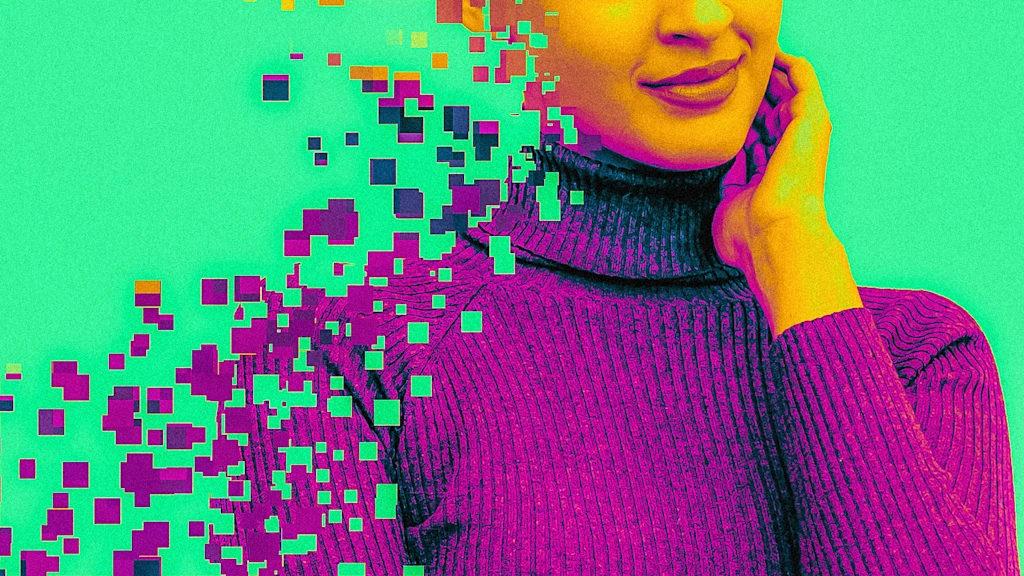- AI In Real Life
- Posts
- I Faked the Moon Landing With Google's Nano Banana AI
I Faked the Moon Landing With Google's Nano Banana AI
Never trust an online image again
Google’s new Nano Banana AI is insanely good at editing images. That’s a boon for creators who want to quickly edit their images without needing Photoshop skills.
But it also opens up the risk of misinformation. If anyone can quickly edit images, anyone can nefarious create images meant to deceive people.
To show how easy it is to create fake images with a tool like Nano Banana, I used it to “fake” the moon landing, the Wright Brothers’ first flight, and more.
Here’s a video showing the results (watch on YouTube):
I explore this in tons more details in my most recent article in Fast Company:
Beyond true misinformation, I can see people in the SEO community using Nano Banana to create fake photos to improve their website’s EEAT.
People will almost certainly make it look like they visited a travel destination they’ve never actually been to, tested a product they’ve never laid hands on, etc.
To Google’s credit, they’re doing a ton of things to protect against these uses. For one, they’re embedding an invisible SynthID watermark into the pixels on every image the system creates.
Google can scan for this invisible ID and know that the image is AI generated, even if you screenshot it, crop it, or take other steps to obscure its origins.
Which means that lots of SEOs who use Nano Banana to fake their EEAT are going to get caught and punished!
But at a societal scale, it means Google can quickly step in to disprove an AI image if it leads to conspiracy theories and the like.
That said, I’m less worried about Nano Banana itself than about the inevitable copycats. As soon as an new AI technology rolls out, others are fast to create generic, unregulated versions of it. They won’t be so concerned about preventing misinformation. They might even want to encourage it.
In short, now that this tech exists, trust no image you see online!
